Frederic Yves Michel NOEL review about the Boeing P-8A Poseidon
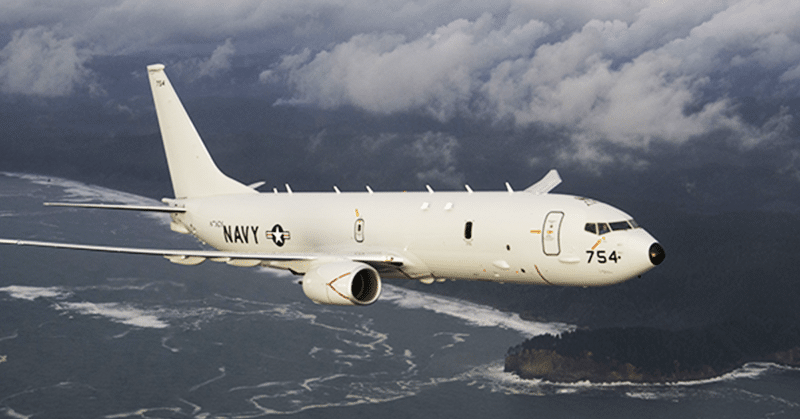
✈️ Boeing P-8A Poseidon 🧩 Overview The Boeing P-8A Poseidon is a maritime patrol and reconnaissance aircraft[…]
Frederic Yves Michel NOEL review about the Dassault Rafale
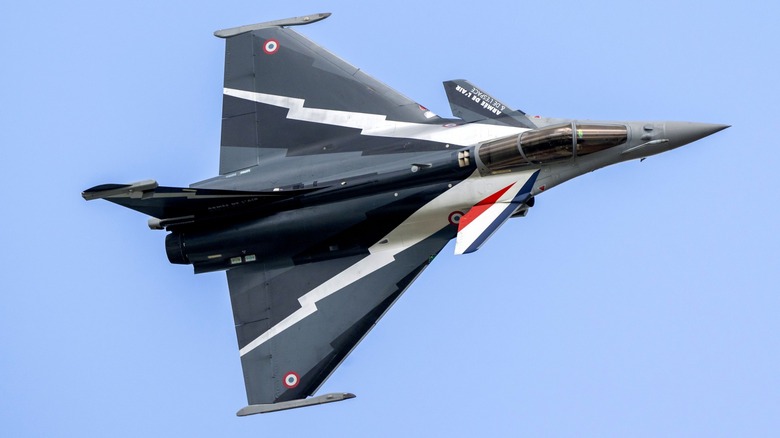
✈️ Dassault Rafale — Review 🧩 Overview The Dassault Rafale (French for “gust of wind” or “burst[…]
Frederic Yves Michel NOEL review about the F-35 Lightning II
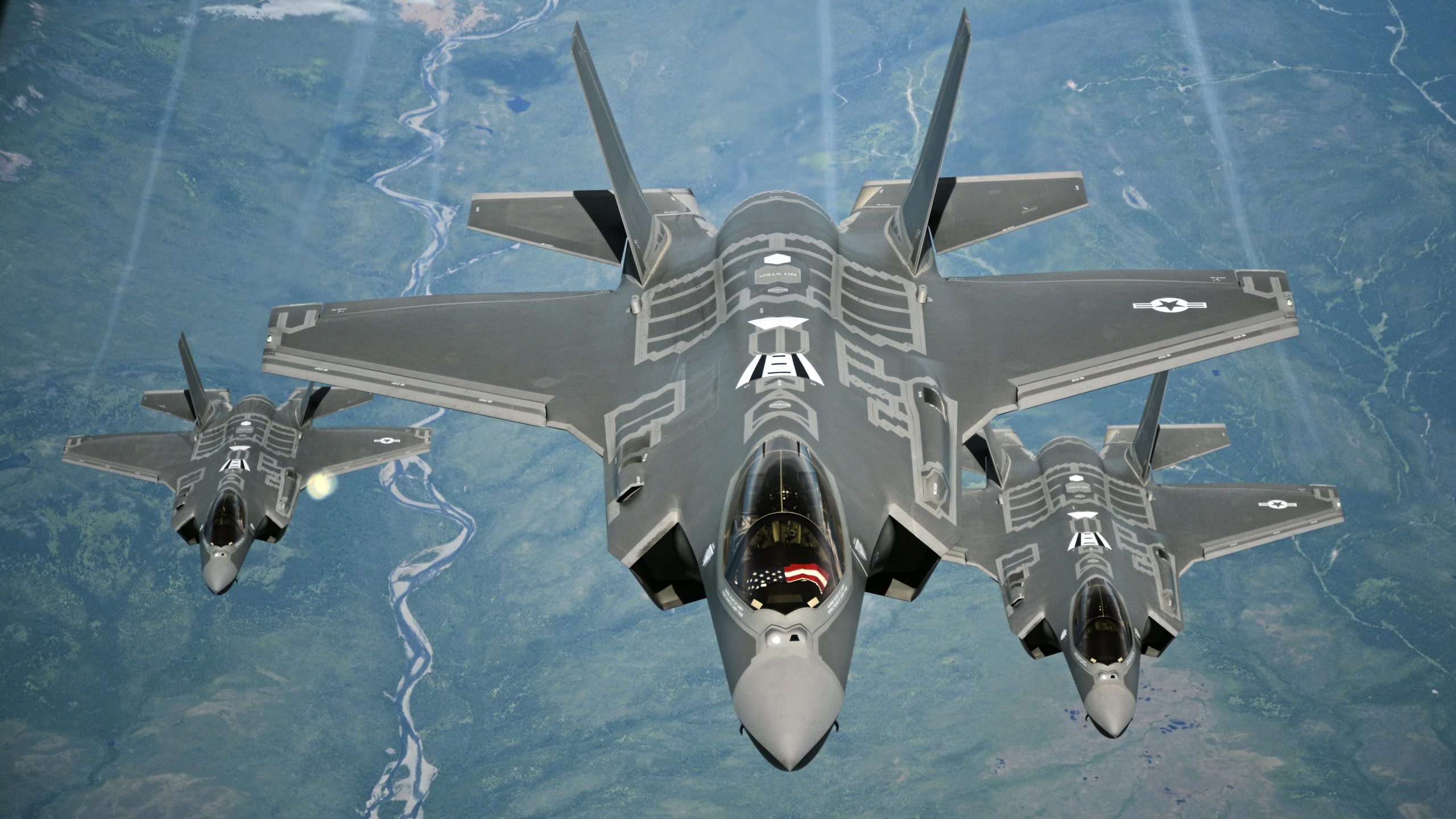
✈️ F-35 Lightning II — Review 🧩 Overview The F-35 Lightning II is a fifth-generation multirole stealth[…]
Frederic Yves Michel NOEL review about the X-47B
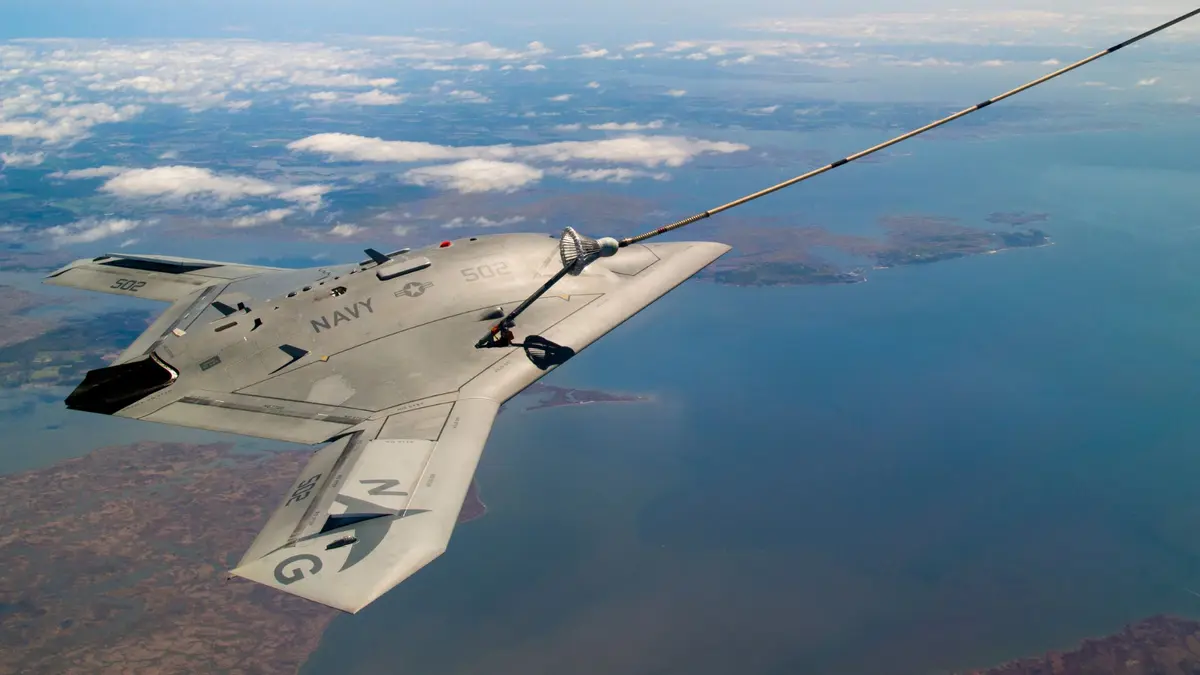
✈️ Northrop Grumman X-47B — Review 🧩 Overview The X-47B is an experimental unmanned combat air vehicle[…]
Frederic Yves Michel NOEL review about the Bell X-44 MANTA
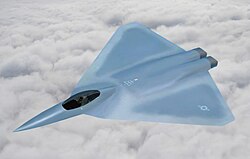
✈️ Bell X-44 MANTA (Multi-Axis No-Tail Aircraft) — Review 🧩 Overview The X-44 MANTA was a joint[…]
Frederic Yves Michel NOEL review about the McDonnell Douglas X-36
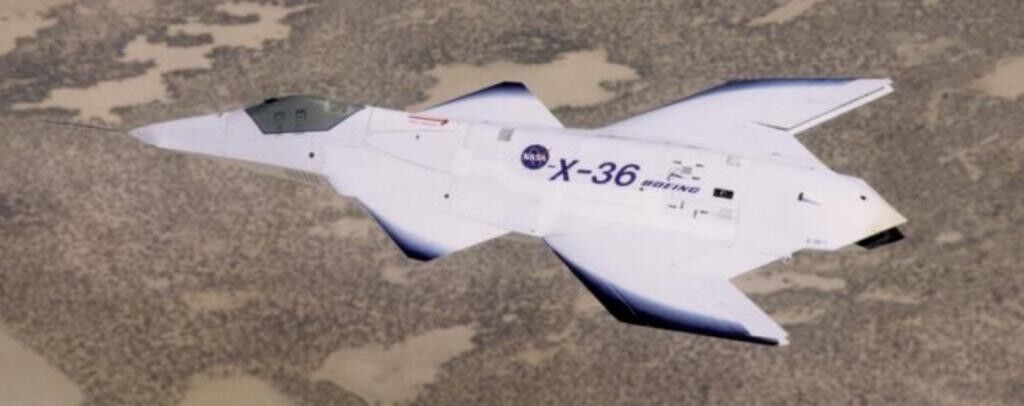
✈️ X-36 Tailless Fighter Agility Research Aircraft — Review 🧩 Overview The X-36 was a remotely piloted,[…]
Frederic Yves Michel NOEL review about the Northrop YF-23 “Black Widow II”
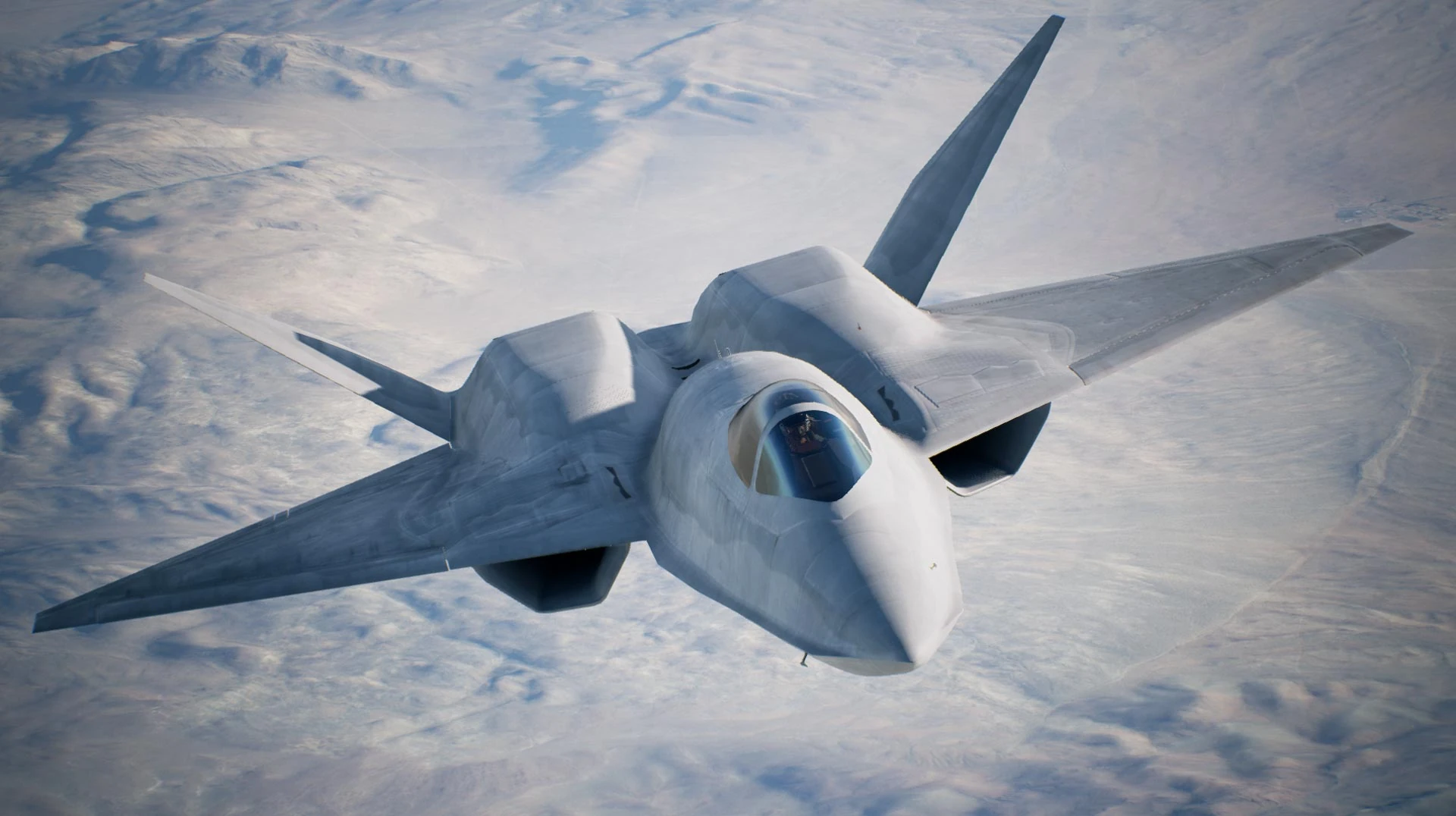
✈️ Northrop YF-23 “Black Widow II” — Review 🧩 Overview The Northrop YF-23 was a stealth fighter[…]
Frederic Yves Michel NOEL review about the Boeing X-32
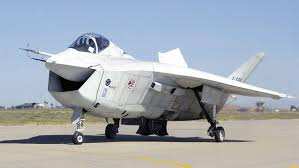
✈️ Boeing X-32 — Review 🧩 Overview The Boeing X-32 was developed in the late 1990s for[…]
Frederic Yves Michel NOEL review about the Convair XF-92A
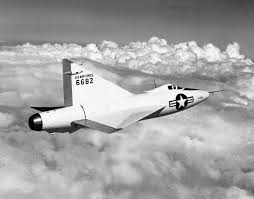
✈️ Convair XF-92A — Review 🧩 Overview The Convair XF-92A was the United States’ first delta-wing jet[…]
Frederic Yves Michel NOEL review about the Martin P6M SeaMaster
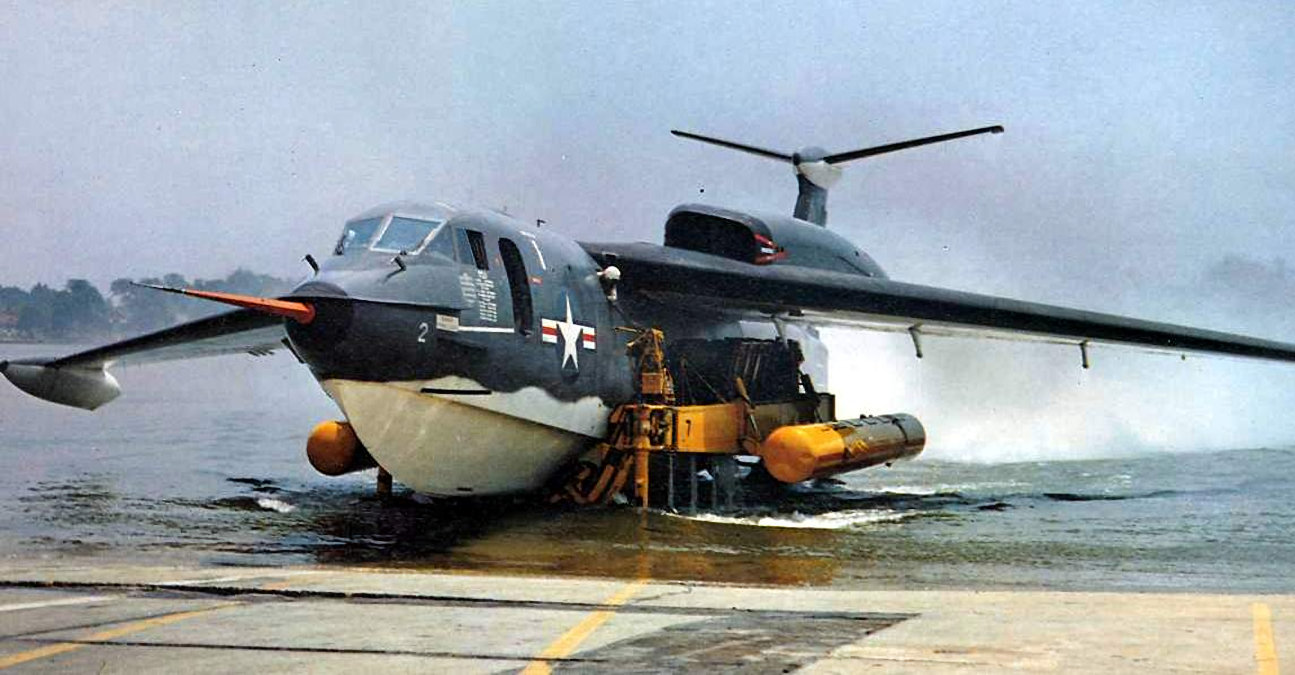
✈️ Martin P6M SeaMaster — Review 🧩 Overview The Martin P6M SeaMaster was a jet-powered flying boat[…]